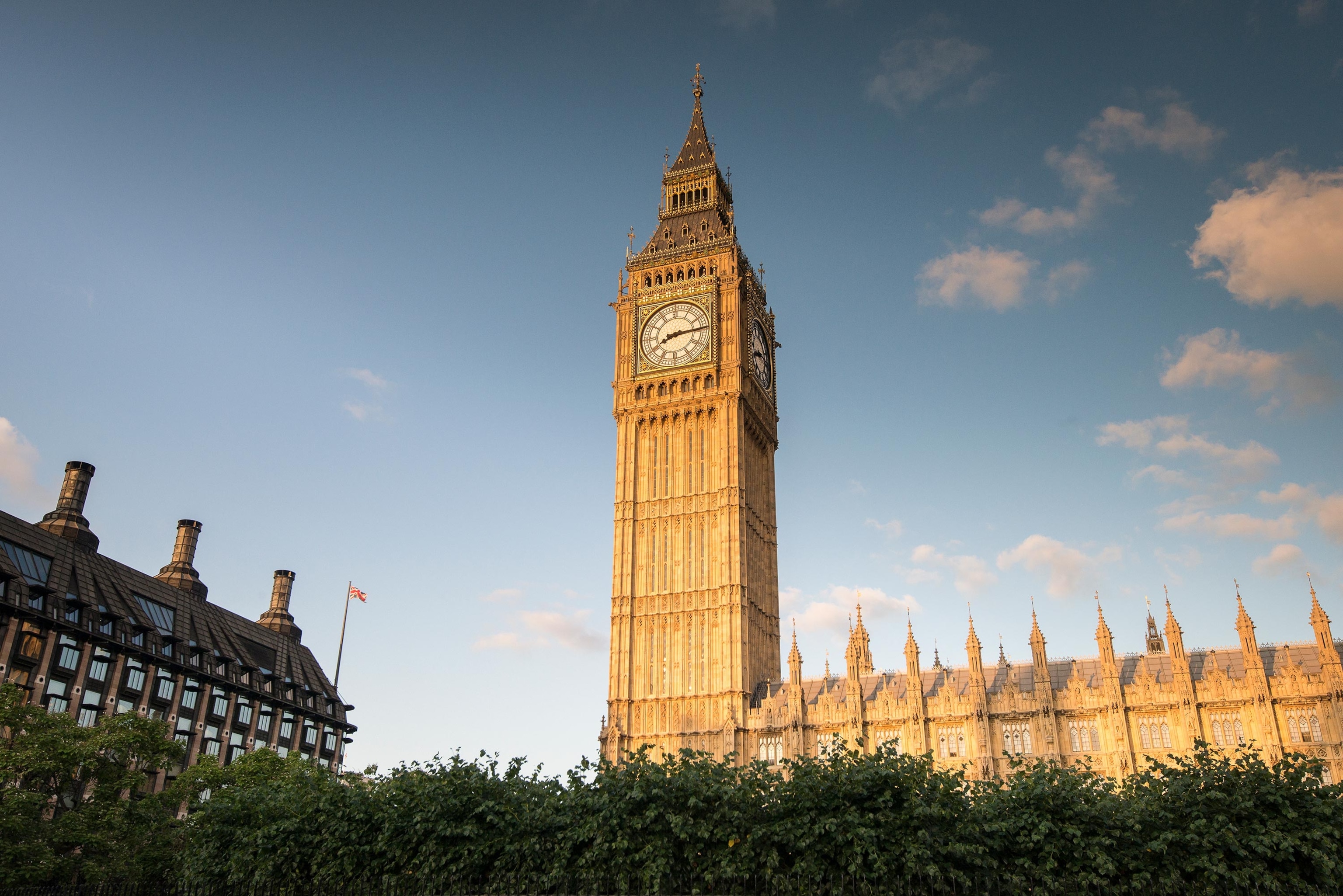25 Iconic European Cities to Explore
The historic Grand Tour still influences travel today.
Trendy young aristocrats in the 16th century took a whirlwind tour of European cities to visit architectural wonders, admire fine art firsthand, and collect plenty of souvenirs to show off back home. Considered the finale of a classical education, the idea of a Grand Tour–bouncing through cities like London then Paris to Amsterdam and Rome–still informs the places people visit today.
During the Grand Tour time–from around 1660–1820–travel was costly and difficult, and accessible only for the privileged. Mostly from the United Kingdom, Scandinavia, and North America, the typical Grand Tourist was a young man that recently graduated from university, with proper training in Greek and Latin literature and some interest in the history of art. He had unlimited funds–and a chaperone.
Getting away helped young people cut apron strings and build character, explains Rosemary Sweet, professor of Urban History who researches the topic: "The endurance required for early rising, hunger, and long hours in the saddle, ensured that the youth was separated from the comfort and ease of home, where female influence prevailed, and developed the fortitude to withstand personal discomfort and danger with courage and without complaint.”
Related: Must-See Museums
On the arduous journey, top stops included London for starters, then of course Paris. Many visited Amsterdam, while fewer made it to Zurich, Berlin, Athens, or Istanbul. The essential country to visit, however, was Italy, for ancient ruins, fountains, and churches.
Few museums existed in Europe before the beginning of the 19th century. Grand Tourists usually checked out paintings and sculptures in private collections, then felt eager to purchase Greco-Roman and Italian art of their own, setting styles at home. Travelers also wrote about their experiences and left a legacy of travel literature and journals.
The rite of passage changed greatly with arrival of large-scale rail transport in the 1840s, making once-inaccessible tourism cheaper, easier, and safer. Cities increasingly become better connected. Emerging favorites join the classics, but many of the European destinations explored during those Grand Tours remain the top cities visited today.
- National Geographic Expeditions








































